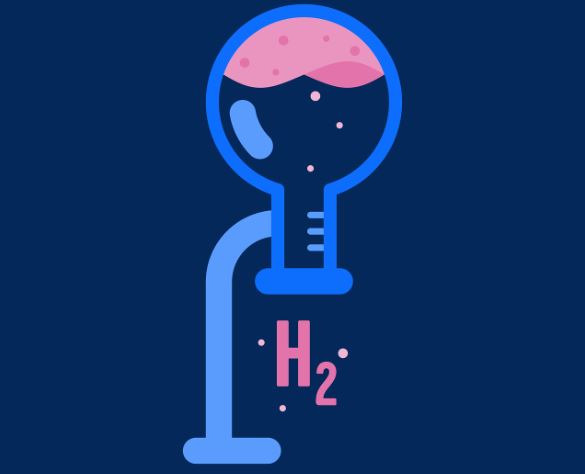As global industries push to decarbonize, the high cost and limited durability of oxygen evolution reaction (OER) catalysts remain persistent obstacles in scaling green hydrogen production. But new research from Sweden’s Umeå University suggests that a subtle atomic-level tweak may offer a path to lower-cost, high-performance electrolysers that can endure industrial conditions—without reliance on expensive precious metals.
A research team led by Mouna Rafei and Eduardo Gracia has discovered that introducing trace amounts of molybdenum into nickel–iron catalysts can trigger a permanent structural transformation at the atomic level. Remarkably, this structural reordering remains stable and beneficial even after the molybdenum itself dissipates through use. The result: enhanced catalytic activity and durability, without the ongoing cost or supply chain complexity of traditional noble metal-based catalysts.
At the center of the innovation is the concept of “structural memory.” According to the researchers, molybdenum acts as a transient dopant—it reorganizes the atomic structure of the nickel–iron catalyst into a more favorable configuration. Once restructured, the catalyst retains its improved performance characteristics even as the molybdenum leaches out during operation. This finding departs from conventional catalyst design strategies, which typically focus on the enduring presence of high-performance elements.
Such behavior points toward a new paradigm in OER catalyst engineering: use of temporary additives that reconfigure base materials into long-lived, high-efficiency structures. The implications for electrolyser design—particularly in alkaline systems—are substantial. By reducing dependency on scarce and costly elements like iridium or ruthenium, the cost of green hydrogen production could drop significantly, improving the competitiveness of hydrogen in sectors like steelmaking, ammonia production, and long-haul transport.
The OER at the anode is widely recognized as the most energy-intensive step in water electrolysis, and its efficiency is largely determined by the catalyst used. Current commercial systems often rely on precious metals, especially in acidic environments. While alkaline electrolysis permits the use of cheaper materials like nickel or iron, their performance and stability have historically lagged behind.
This is where the Umeå team’s work stands out. By enhancing the nickel–iron platform—a well-studied, earth-abundant system—with a transient molybdenum-mediated phase transformation, the researchers achieved performance levels that challenge conventional cost-performance trade-offs. The possibility of deploying high-efficiency, non-precious metal catalysts at scale could fundamentally reshape the economics of hydrogen production, particularly in distributed systems or resource-constrained regions.
While the atomic reorganization mechanism is a breakthrough at the fundamental science level, its impact will ultimately depend on how effectively it can be translated into scalable, commercial devices. Questions remain about long-term stability under dynamic load conditions, resistance to impurities in real-world water sources, and compatibility with existing manufacturing processes.
Stay updated on the latest in energy! Follow us on LinkedIn, Facebook, and X for real-time news and insights. Don’t miss out on exclusive interviews and webinars—subscribe to our YouTube channel today! Join our community and be part of the conversation shaping the future of energy.





